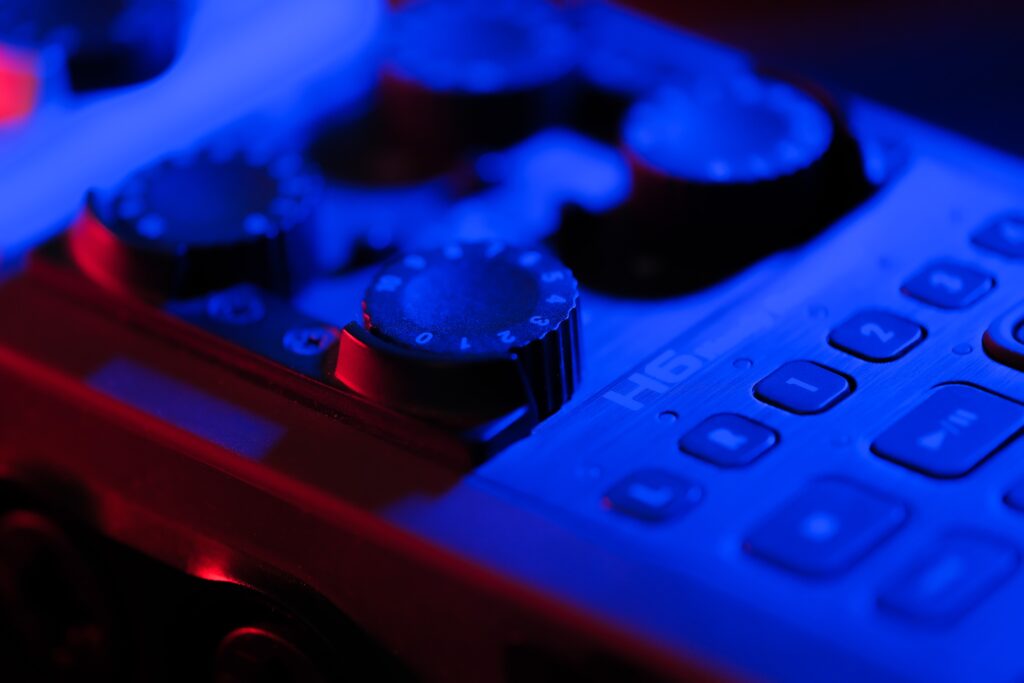Dictation is a tried-and-true method for note-taking in a wide variety of fields. In professional situations, dictation can be a major time-saver and can make it easier for individuals to reference specific points in a conversation, lecture, or other professional discussions.
In many situations, however, those using dictation information will need to convert that information into another format. Dictation transcription can help make the recordings more accessible. Transcribing the information creates a readable format for more widespread use and more efficient record-keeping. Let’s take a look at some of the basics of dictation transcription and discuss how to incorporate this process into your daily workflows.
What is the Difference Between Dictation and Transcription?
Dictation and transcription serve similar purposes, but the two processes differ in many ways. For dictation, the person capturing the recording uses a device called a Dictaphone. Dictation is also a common tool people use to create voice memos that they can refer back to later on.
Transcription is another means of taking notes and recording information. While dictation may only create an audio recording, transcription specifically refers to converting audio into text. Transcripts are a great way of sharing information with individuals who need or prefer to engage with content in a readable format. There are a few reasons transcripts might be a better option. For instance, transcripts are more efficient for record-keeping because people can quickly review them without needing to listen through an entire audio recording. Additionally, for people who are Deaf or hard of hearing, a transcript is a more accessible way to consume the information in a recording.
What is a Dictation Transcription?
As the name suggests, dictation transcription refers to the process of transcribing a recorded dictation. The transcripts of these recordings serve several different purposes ranging from record-keeping to marketing. It’s possible to complete this process in a few different ways depending on the specific project and the resources available to a given team.
Option #1: Manual Transcription
Some professionals task in-house employees with making written transcripts of dictation recordings. While this often seems like a cost or time-saving measure, in reality, these transcripts tend to contain a substantial number of errors due to the relative inexperience of the people creating them. At first blush, a handful of transcription errors may not seem like a big deal. However, each of these transcription errors risks compromising the overall messaging of the final transcript. Those inaccuracies negatively impact accessibility and don’t offer equitable experiences for those unable to engage with the information in its original format.
Option #2: Auto-Transcription
Some digital dictation transcription services allow users to transcribe recordings with artificial intelligence. While convenient, this process also doesn’t produce sufficiently accurate final transcripts. AI alone can’t achieve the accuracy rates necessary to comply with accessibility standards and guidelines. Correcting those transcripts will require additional hours and manpower to review and edit. In many industries that rely upon dictation, accuracy is paramount. For example, even minor errors could pose major issues in a legal dictation transcription. The same holds for medical transcription, where numerical data will inform patients’ treatment plans.
Option # 3: Dictation Transcription Services
Professional dictation transcription services like Verbit can create highly accurate transcripts of dictation recordings. Verbit uses a dual approach to transcription that combines the speed of artificial intelligence with the expertise of professional human transcribers. The results are highly accurate final transcripts with short turnaround times. Verbit also provides real-time transcription solutions for clients transcribing live communications via audio or video platforms.
How Much Does Dictation Transcription Cost?
The cost of transcription can vary significantly depending on the method. As discussed, automatic transcription software can be a cost-effective solution. Still, the poor overall accuracy of this method can result in unforeseen costs and add additional time to a project. Professionally-trained human transcribers deliver more consistently accurate results, but these pros tend to be incredibly expensive to hire.
Verbit’s unique approach to dictation transcription offers clients cost-effective transcription solutions that don’t compromise accuracy. Verbit’s process occurs entirely in-house, and clients can easily access their final transcript files within Verbit’s platform. Additionally, Verbit’s platform integrates seamlessly with popular media hosting and communication platforms. With Verbit, it’s easy to request the transcription of a wide range of materials. Verbit also offers searchable transcripts that allow users to enter search terms and locate corresponding locations in a dictation recording.
Maximizing Efficiency with Verbit
Accurately transcribing dictation notes can help to streamline messaging, safeguard sensitive information and improve accessibility. Verbit’s platform is equipped to handle a high volume of transcription projects, and our experts know how to handle interview transcription and sensitive information.
In addition to dictation transcription, Verbit also offers assistive technologies like captioning, translation, and audio description. These solutions help foster more inclusive communications across various mediums and platforms. If you’re interested in learning more about accessibility technology for institutions, businesses, content creators, and more, reach out to Verbit today.
